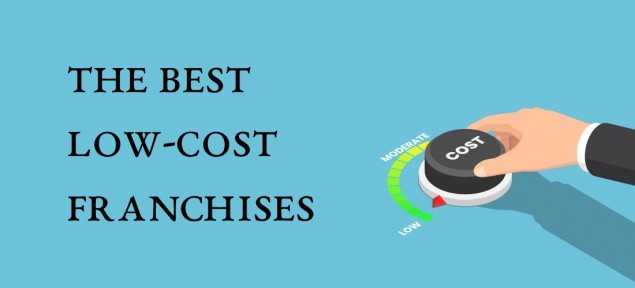The History of Signage
3 min readThe History of Signage
 The etymology of the word ‘sign’ is the Latin ‘signum’ meaning ‘mark’ or ‘token’. It was during the Paleolithic Age in 18,000 BC when signs were first used by men. They used signs as a means of communication as well as symbolism in spiritual activities and rituals. Since then signs have played a vital part in the exchanging of information between humans.
The etymology of the word ‘sign’ is the Latin ‘signum’ meaning ‘mark’ or ‘token’. It was during the Paleolithic Age in 18,000 BC when signs were first used by men. They used signs as a means of communication as well as symbolism in spiritual activities and rituals. Since then signs have played a vital part in the exchanging of information between humans.
It was the Romans who have recognized the great value and worth of signs. It was them who first utilized signs in the system of roads which indicate directions and distances. Long after the dark ages, various industries have demanded a great need for artistic trade signs. Competition of who has the sign which is mostly elaborated had existed. Various embellishments were applied along with carvings, paints and ornamental iron. When motor cars were invented during the industrial revolution, road signage were even more highly demanded as there was an increase in the number of people in the street whose safety needs to be guarded through proper signs.
Of all the signs in existence from the past until now, Inn and Pub signs in Europe, North America and England are the most popular and sought for. It was the year 1393 that King Richard II had made a law requiring all ale and drinking establishments use a post sign. This is to help ale tasters identify the alehouses instead of being used as a promotional means. Signs were prevalently used as advertising means when it was caught on by shop keepers. The names of the establishment were placed above the doors of the business places. There were signs of unusual designs and creativity.
In the mid 1800s, catalogues, flyers and newspapers have started to be in production. Later, electric bulbs and gas lighting were invented and set a new trend of technology. The first neon sign was ordered to be made for a car by an American salesman in the year 1929. The neon signs were created using the neon tube which was then just invented. Such tubes were bent in numerous shapes and were available in several colors. Later neon lights had spread continent- and worldwide.
The period previous to and following World War II had paved the way for plastics and manmade fibers in mass-produced signs. Later, the invention of LED lights had provided notable and innovative developments in sign making. Signs were then able to easily change its contained messages, an improvement useful especially in roads and highways to indicate traffic, provide safety and convenience to motorists and travelers.
Digital signage are now beginning its way towards popularity and recognition in the public scene. The decreasing cost of Plasma and LCD televisions make them a preferable and highly advanced forms of signs all over the world whether in indoor or outdoor utilities. Another factor contributing to the increasing demand for digitalized outdoor signs are technologies making such digital signs protected and waterproof. If this trend continues, we can expect digital signs to take over the place of LED and neon light signs.







